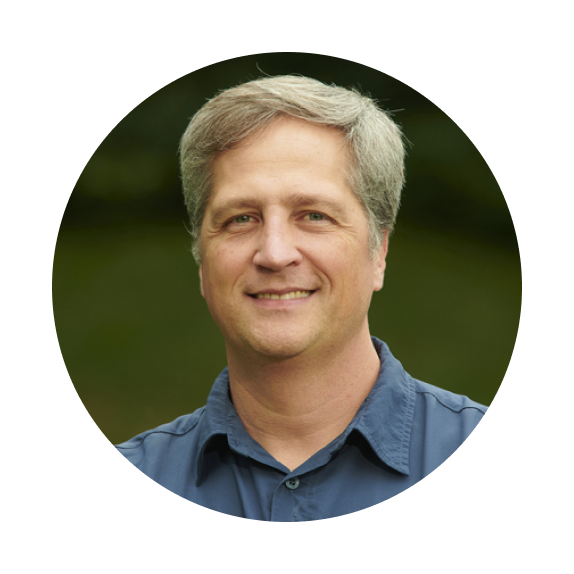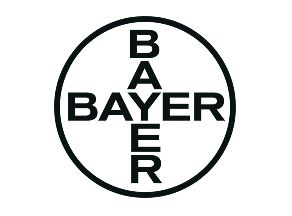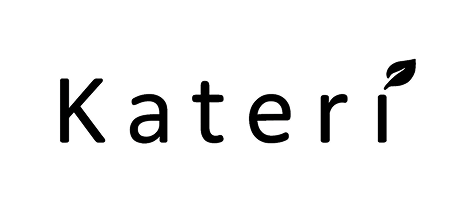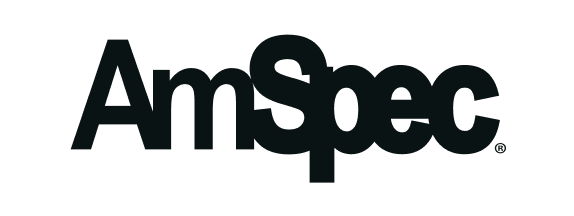Verra’s new digital soil mapping tool, developed by Perennial
VT0014 enables cost-effective, registry-grade soil carbon quantification anywhere on Earth — expanding access to carbon markets, sustainability programs, and climate finance worldwide.




About VT0014
Developed with a global team of scientific experts and shaped through public consultation, VT0014 is the first carbon quantification tool from a major registry to enable the use of AI.
Now approved, this tool unlocks scalable, cost-effective, registry-grade MMRV anywhere.



Compared to traditional quantification approaches, digital soil mapping:




What is VT0014?
Applies across ALM Verra methodologies

VT0014 fits any project that requires SOC quantification — including VM0042 and VM0032 — and works with Quantification Approaches 1 and 2.
Brings consistency to digital soil mapping model use

VT0014 outlines how digital soil mapping models like ATLAS-SOC must be calibrated, validated, and applied across baselines, remeasurements, and vintages — with clear guidance for stratification and uncertainty modeling in line with IPCC Tier 3.
Unlocks compatibility between models

VT0014 guides users on using digital soil mapping together with other models like biogeochemical simulations to fit any project’s needs.
Expands access to carbon markets

VT0014 reduces sampling demands while maintaining low uncertainty — unlocking robust quantification in underserved or data-limited regions, supporting broader participation, and helping maximize carbon credit issuance.
Built to evolve over time

VT0014 includes mechanisms for validating against new data over time, managing version control, and maintaining continuity across project updates, staying up-to-date with the latest science.
How does digital soil mapping work?
Perennial’s proprietary model, ATLAS-SOC, has integrated more than 350,000 soil samples and is peer-reviewed, validated by third parties, and designed to quantify SOC across diverse regions, land uses, and crop types.
For each project, we train ATLAS-SOC on local samples to build a model tailored to that landscape. It then fills in the gaps between samples, providing hundreds to thousands of times more SOC estimates than sampling alone. Uncertainty is modeled at the pixel level.
By combining dense data inputs with pixel-level uncertainty modeling, we achieve low uncertainty while reducing the need for extensive sampling.




Supported by market leaders — from frontier projects to global enterprises
Tool approval process
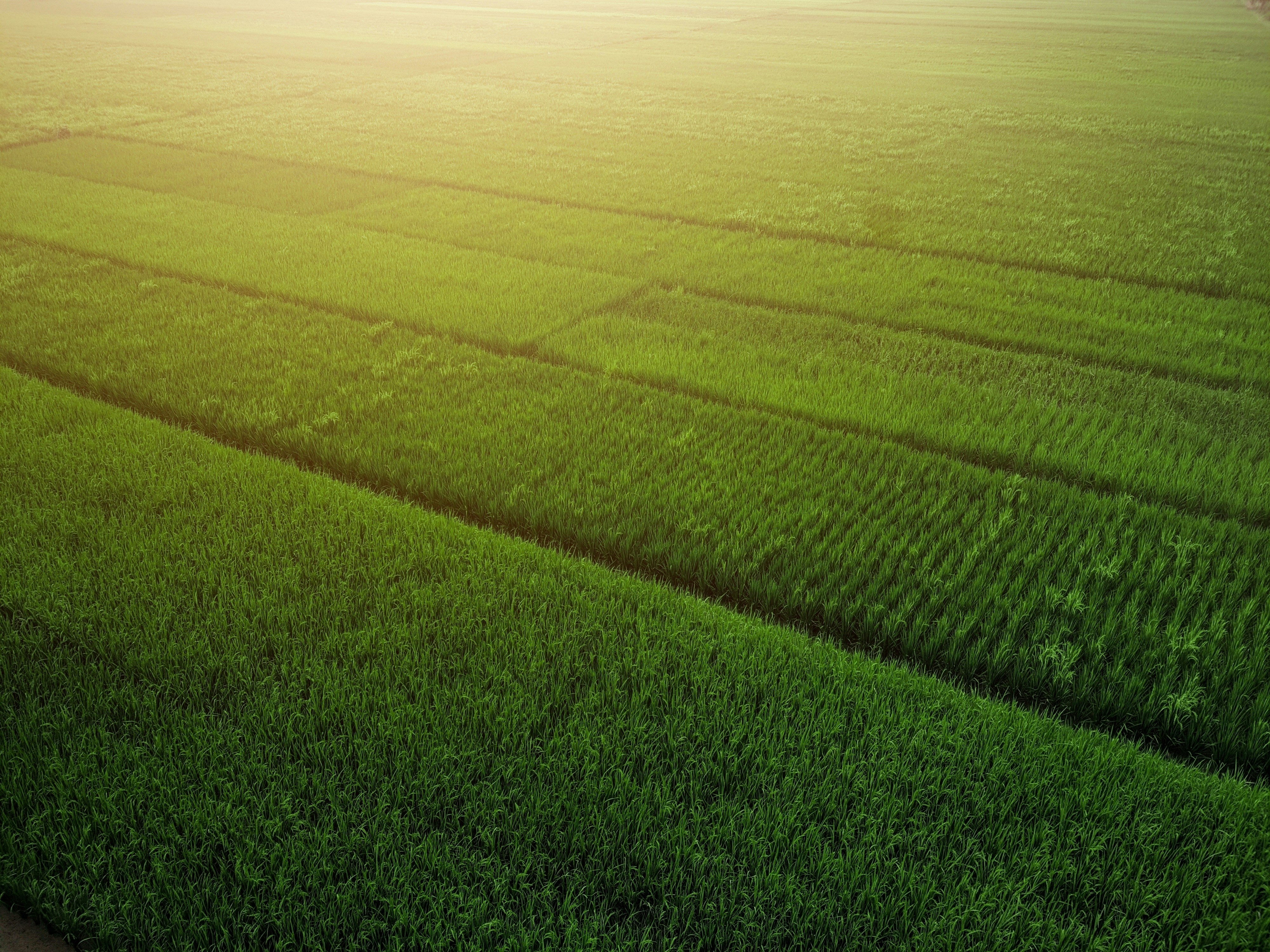
.png)
The working group behind VT0014


Jim Kellner, PhD

Alexandre Wadoux, PhD

Brian McConkey, PhD
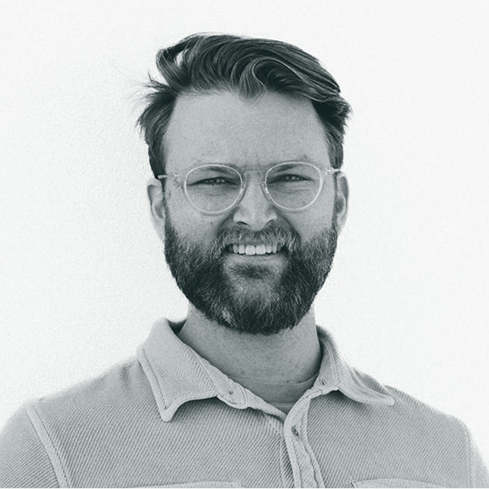
Dan Kane, PhD

Jaclyn Kachelmeyer, MS

Jonathan Sanderman, PhD

Frequently asked questions

What kinds of projects can use this tool?
VT0014 can be used in any Verra ALM project that requires soil organic carbon quantification, including projects under VM0042 and VM0032. Though Verra’s Scope 3 Standard has not yet been released, we anticipate it will support the use of this tool. For VM0042, VT0014 is compatible with Quantification Approaches 1 and 2.

How does this tool reduce the number of soil samples needed?
The tool enables the use of digital soil mapping, which fills in the gaps between a small number of local soil samples using environmental data and machine learning. The result is a dense set of SOC predictions across your full project area, with pixel-level uncertainty modeling.

Does the tool work in [X country or region]?
Yes. Because the tool defines how digital soil mapping can be adapted to local conditions, it can be applied globally — across different climates, soil types, land uses, and crops. This makes it suitable for projects in both data-rich and underserved regions.

How does VT0014 ensure scientific rigor and transparency?
The tool was developed through a four-year process involving more than 30 independent experts, multiple rounds of review, and public consultation. It requires model validation and rigorous assessment of uncertainty.

Can this be used for remeasurement and monitoring? Or is digital soil mapping only useful to establish the first measurement?
Digital soil mapping can be used anywhere physical soil samples would be used. It can be used to create a point-in-time map of SOC stocks, and to track how those SOC stocks are changing over time. Digital soil mapping can serve as an input to a process-based biogeochemical model, and also as a standalone measurement.

Does this tool rely on a specific model or input dataset?
No. The tool is model-agnostic — it doesn’t prescribe a single digital soil mapping model or require specific input datasets. Instead, it allows any model to be used, as long as it meets performance requirements through outcome-based validation. Perennial uses its proprietary ATLAS-SOC model, which is peer-reviewed, third-party validated, and has now integrated over 350K soil samples.

What is outcome-based validation?
Outcome-based validation means each project must prove model accuracy using measured soil samples from within the project area. Rather than assuming a model is valid everywhere it’s been peer-reviewed or pre-approved, this approach ensures that carbon estimates reflect the actual conditions of each site.
It’s a more flexible and robust path to quantification — placing scientific accountability on local results, not model pedigree.

Can this tool be used with biogeochemical models?
Yes. The tool’s outputs — point-in-time estimates of SOC stock — can be used to initialize biogeochemical models (E.g. for VM0032 or under Quantification Approach 1 in VM0042). This does not change VM0042's structure, but offers an alternative source of SOC input data to physical sampling or spectroscopy.

Where can I access the tool?
VT0014 Webinars
VT0014 Webinar in English
VT0014 Webinar en español
VT0014 in the VCS Program (Verra Webinar)





